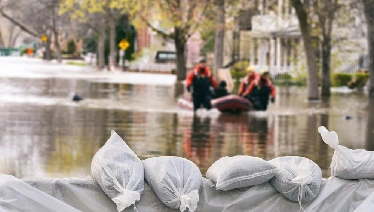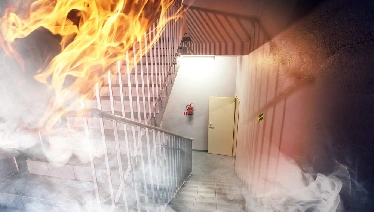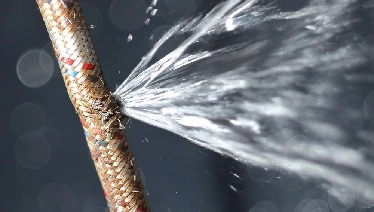It's vital to remain alert to common indications of mould exposure, such as respiratory troubles, persistent coughing, and irritation of the throat, lungs, and eyes. Specific groups, such as those with asthma, allergies, underlying health conditions, young children, and elderly individuals, are especially at risk of experiencing health problems resulting from mould exposure.
Numerous elements contribute to the growth of mould, including heightened moisture levels, instances of flooding, plumbing deficiencies, malfunctions in HVAC systems, leaks in roofs and windows, insufficient ventilation, and the age of the property's construction. Furthermore, construction materials like particleboard, drywall, and plywood are particularly prone to mould growth. Recognizing these signs and risk factors enables property owners to take proactive steps in addressing mould-related concerns.

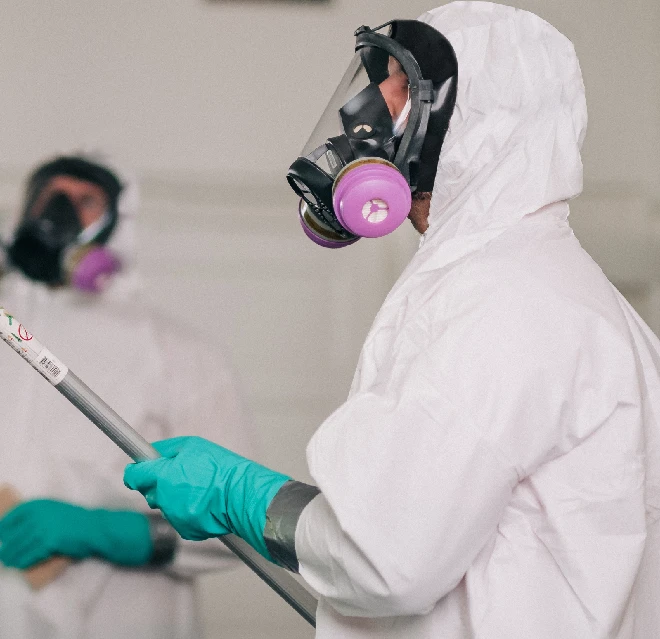


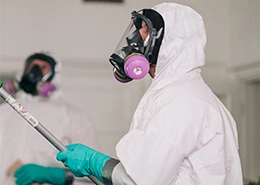

.webp)
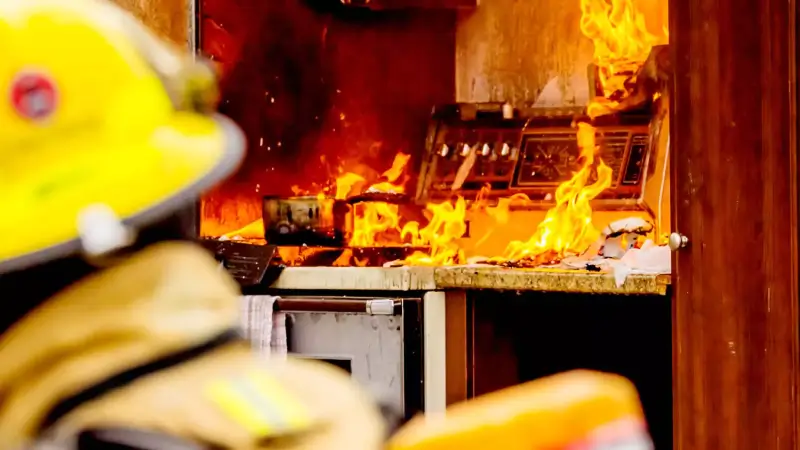
.webp)
